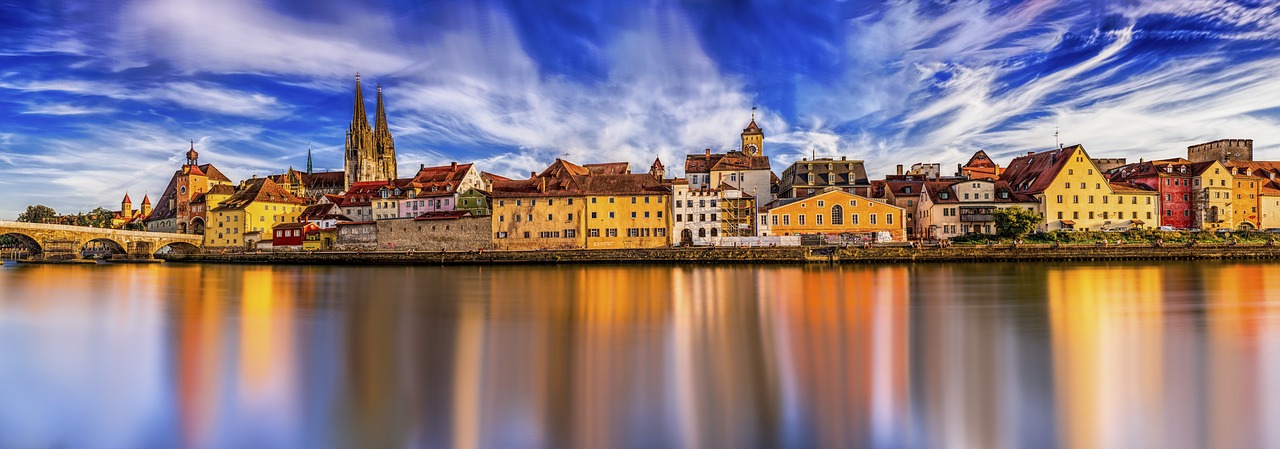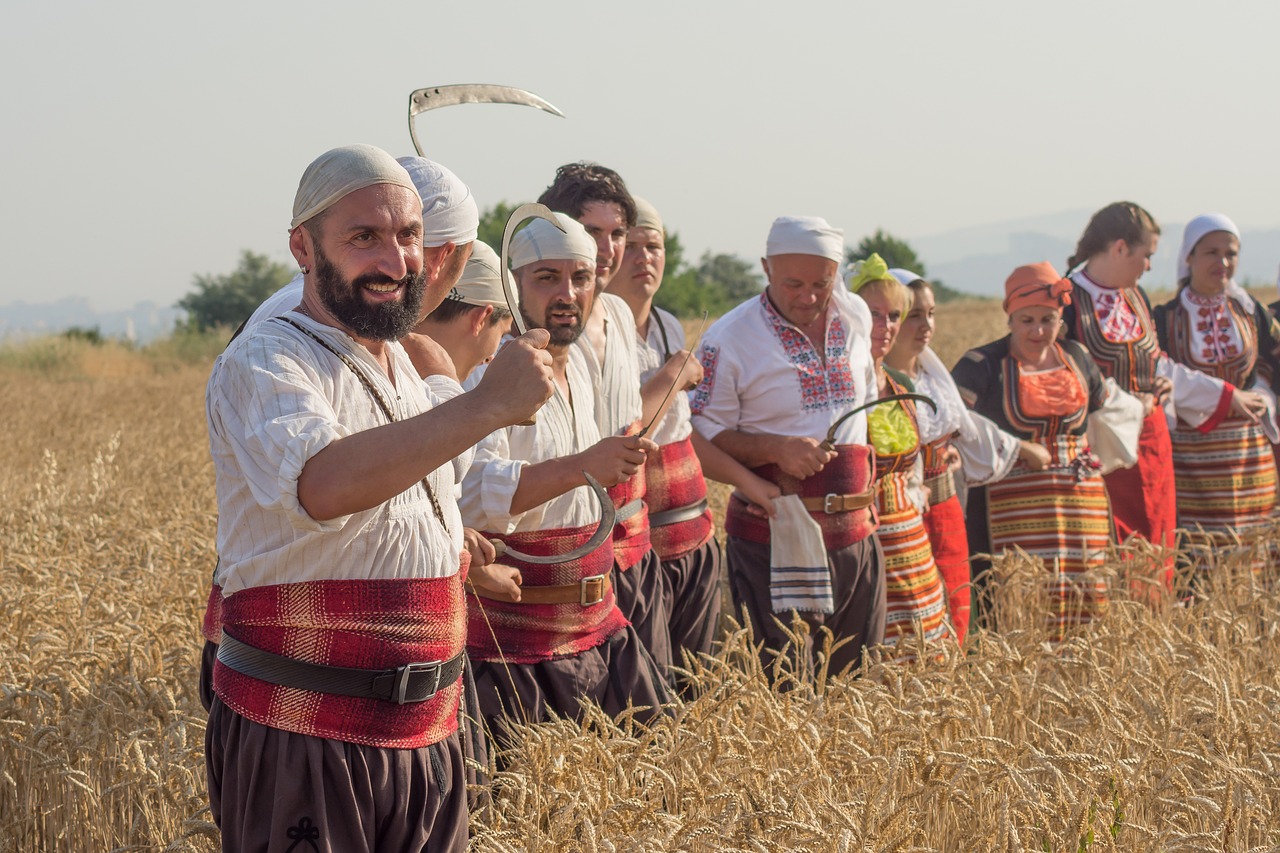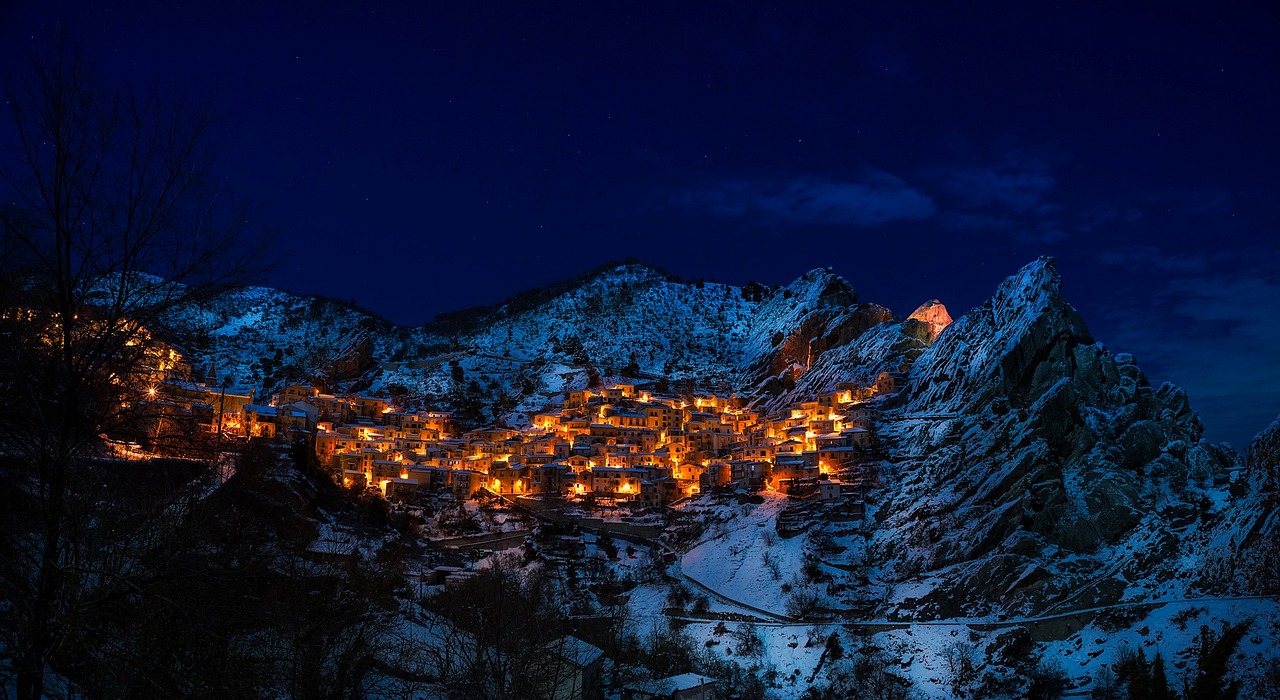Nestled on the banks of the Maritsa river, Plovdiv stands as a testament to the enduring spirit of human civilization. With a history spanning over 4,000 years, this historic city in Bulgaria has witnessed the rise and fall of empires, the ebb and flow of cultures, and the evolution of architectural styles.
Plovdiv’s rich cultural heritage is a tapestry woven by the Thracians, Romans, Ottomans, and Bulgarians who have left their indelible mark on its streets and buildings. As you navigate its labyrinthine alleys and traverse its ancient ruins, you will be transported back in time, immersing yourself in a world of grandeur and splendor.
From the majestic Roman amphitheater to the intricate Revival-era mansions, Plovdiv’s architectural highlights stand as a testament to the city’s enduring legacy. Whether you are a history enthusiast, an architecture aficionado, or simply seeking a destination brimming with cultural treasures, Plovdiv beckons you to uncover its secrets and explore its myriad charms.
Key Takeaways
- Plovdiv is the second-largest city in Bulgaria and has a rich cultural heritage.
- The city has a long and complex history, dating back to 4,000 years BC and has been under the rule of various empires and kingdoms.
- Plovdiv is known for its beautiful and ornate houses, built by wealthy traders, and its role in the struggle for church independence in Bulgaria.
- The city is a popular tourist destination, offering cultural attractions, museums, recreational opportunities, and a vibrant nightlife.
Important Historical Events
Plovdiv has witnessed numerous important historical events throughout its long and complex history under various empires and kingdoms.
One significant event in Plovdiv’s history was its contribution to the Bulgarian Revival in the 18th and 19th centuries. During this period, Plovdiv emerged as an important economic center, attracting wealthy traders who built beautiful and ornate houses that still stand today. These houses serve as a testament to the city’s prosperous past and its role in the cultural and economic development of Bulgaria.
However, Plovdiv’s history also includes the influence of Ottoman rule. The Ottoman troops invaded the city in 1364 AD, leading to significant changes in its development and cultural landscape. Despite the challenges brought by Ottoman rule, Plovdiv managed to preserve its rich cultural heritage and played a significant role in the struggle for church independence in Bulgaria.
Architectural Highlights
Boasting a tapestry of architectural marvels, this captivating city’s structural masterpieces stand as testaments to its enduring legacy. Plovdiv is renowned for its dedication to architectural preservation, with numerous buildings from different periods beautifully restored to their former glory.
The city’s architectural influences are diverse, reflecting its long and complex history under various empires and kingdoms. Visitors can marvel at the Roman Amphitheatre, a well-preserved ancient theater that once accommodated up to 7,000 spectators.
The Ethnographic Museum showcases traditional Bulgarian Revival architecture, with its intricate woodwork and colorful facades. The Dzhumaya Mosque, a symbol of Plovdiv’s Ottoman past, displays stunning Islamic architectural features.
The Balabanov House, an exquisite example of Bulgarian Revival architecture, captivates with its ornate decorations and traditional layout. Lastly, the Roman Stadium, a remarkable engineering feat, offers a glimpse into Plovdiv’s Roman heritage.
Tourist Attractions
Renowned for its architectural diversity and historical significance, Plovdiv offers a range of tourist attractions that showcase its enduring legacy and cultural allure. Visitors to Plovdiv can explore the city’s rich history through its numerous archaeological sites, including the well-preserved Roman amphitheater and the ancient Roman Stadium. The Old Town, with its cobblestone streets and beautifully preserved Bulgarian Revival houses, provides a glimpse into the city’s past. Additionally, Plovdiv is home to a number of museums that highlight its cultural heritage, such as the Ethnographic Museum and the Regional Historical Museum. For those seeking outdoor activities, Plovdiv offers several parks and gardens, including the picturesque Tsar Simeon Garden. To navigate the city and make the most of their visit, tourists can refer to the Plovdiv tourist map, which highlights key attractions and landmarks. The best time to visit Plovdiv is during the spring and autumn months, when the weather is mild and pleasant.
Frequently Asked Questions
What is the current population of Plovdiv?
The current population of Plovdiv is not provided in the given background information. More recent population statistics and demographic trends would be needed to determine the current population of the city.
What are some traditional Bulgarian dishes that can be found in Plovdiv?
Traditional Bulgarian dishes in Plovdiv: A gastronomic delight. Exploring the diverse flavors of Plovdiv reveals dishes such as banitsa (cheese-filled pastry), kavarma (meat stew), and kozunak (sweet bread). These dishes showcase the rich culinary heritage of Bulgaria.
How can tourists get around the city of Plovdiv?
To get around the city of Plovdiv, tourists have several options for transportation. Public transportation, including buses and trams, is widely available and offers a convenient and affordable way to navigate the city. Additionally, taxis are readily accessible for those who prefer a more direct and personalized mode of transportation.
Are there any annual festivals or events that take place in Plovdiv?
Annual festivals in Plovdiv include the International Fair, the Kapana Fest, and the Night of Museums and Galleries. These cultural events showcase the city’s rich heritage through art, music, performances, and exhibitions, attracting both locals and visitors.
What are some popular outdoor activities or recreational opportunities in Plovdiv?
Outdoor enthusiasts in Plovdiv can explore the euphoric beauty of nature through a variety of recreational activities. The city offers numerous hiking trails that lead to breathtaking landscapes and hidden gems, as well as the opportunity to discover the fascinating Roman ruins scattered throughout the region.












